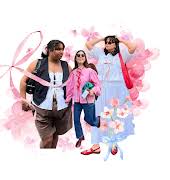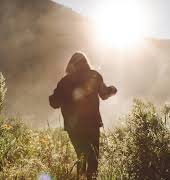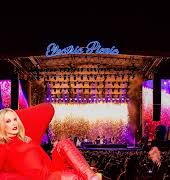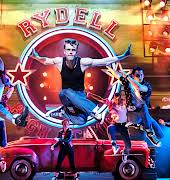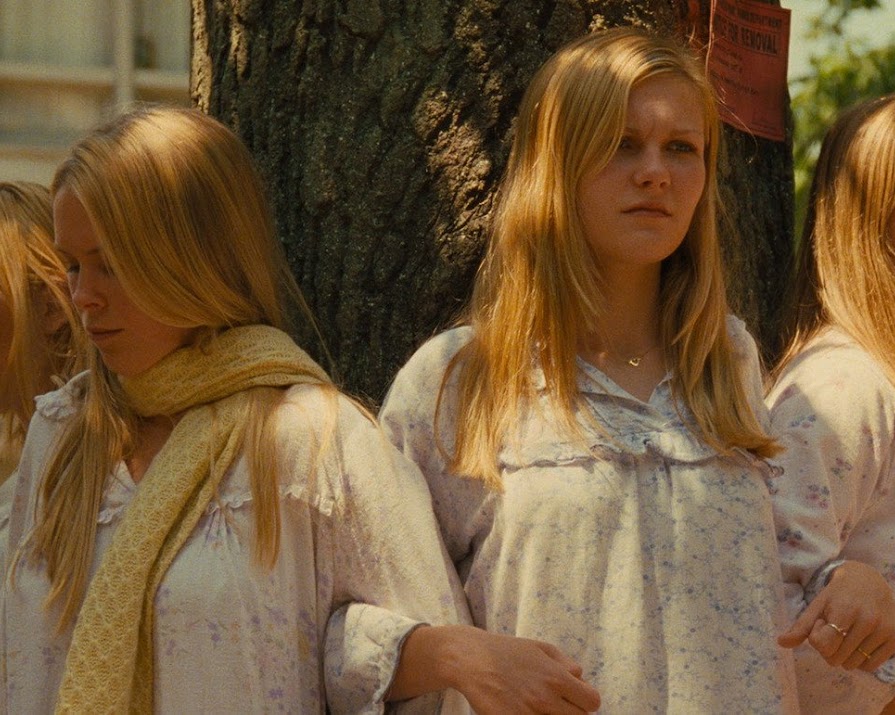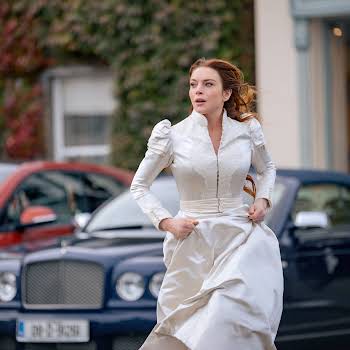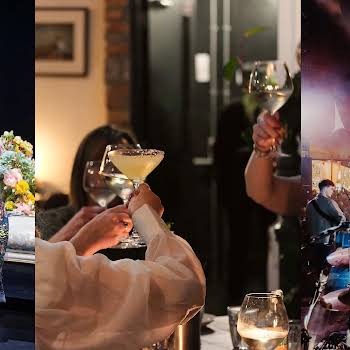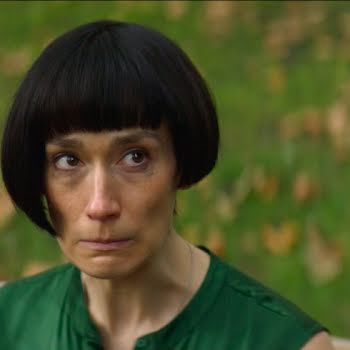
By Jennifer McShane
06th Jun 2020
06th Jun 2020
Following the news that Sofia Coppola’s film adaptation of Jeffrey Eugenides’ debut novel The Virgin Suicides is 20 years old, Jennifer McShane revisits the book, which still has a profound effect on her.
It isn’t every day one stumbles upon a book so vivid, its words and images swirl around the subconscious for weeks after. It was American author Jeffrey Eugenides’ debut novel The Virgin Suicides that had a lasting impact on me for this reason. I hadn’t heard of the book at all until I watched Sofia Coppola’s film adaptation and realised she didn’t write the source material.
Loss of wasted youth
It is a book not so much about suicide – although as the title suggests, the five teenage Lisbon sisters do kill themselves – but about unrequited love and loss of wasted youth. The film’s ending had disturbed me – that chilling final scene – and I was hesitant to even read it on the page, but once you start, you will be unable to stop until the end. This is one of the reasons that Eugenides’ novel is so compelling; his prose is written in this way; as enticing and alluring as the sisters themselves.
The story centres around the five Lisbon sisters – Therese, Mary, Bonnie, Lux and Cecilia – who are portrayed as figures of unattainable desire by our narrators; a group of neighbourhood boys who recount the lives of the girls (and their obsession with them) 20 years after the girls’ deaths.
The boys, who are now middle-aged men, try to recall the events in as much detail as possible and having collected evidence and conducted interviews with all the central figures in the girls’ lives, set out to piece together a time in their lives that even decades later, they cannot forget.

Like true suburban detectives, they recollect a handful of memories, occasions and gestures. The stilted basement party; the only occasion they saw the inside of the Lisbon house, during which Cecilia, the first suicide, went to an upper floor unbeknownst until it was too late. Or the homecoming dance the remaining girls attended when Lux stayed out until dawn.
This was to be the beginning of the end for the girls as after this – the sisters were removed from school by their (clearly unstable) mother and incarcerated in their home (their father, though sympathetic, does nothing to help). As they become more isolated from the world, the narrators make a last-ditch attempt to communicate with the imprisoned girls by playing meaningful popular songs down the phone line; trying to conceive an ill-fated plan to free them.
Darkly beautiful intangibility
Our view of their lives are warped by our almost unreliable narrators who cling to memories; merely snapshots of the girls and their irresistible allure, rather than seeing them as true people.
The book isn’t without its flaws. Such a topic is dark even without the graphic details in the story, and the novel never loses that undercurrent of foreboding. And you can’t miss that the book is written solely via the male gaze. Why do the girls never try to free themselves? Nothing impedes the girls’ withdrawal from the world, and so the question remains unanswered, frustrating the reader.
And our view of their lives are warped by our almost unreliable narrators who cling to memories; merely snapshots of the girls and their irresistible allure, rather than seeing them as true people. There is no resonating conclusions, only darkly beautiful intangibility. The demise of the Lisbon sisters was almost meant to be, nothing suggests they could have escaped their end, yet we stay firmly put in a romanticised, mythical and tragic reality – in this way too, it’s the girls who hold the power.
And like all moving pieces of art, it stays in the subconscious; the girls’ lives haunted and unsettled – the same as the narrators.
Over two decades on, I’m not sure it would be written and received as glowingly as it was originally, but the nostalgia, the intense regret and wasted loss of life of these women remains profound.
Read more: My Dark Vanessa: ‘So many people tell her what to do it ends up silencing her’
Read more: 12 books to educate yourself on systemic racism
Read more: The book you should re-read this summer: The Girls By Emma Cline

